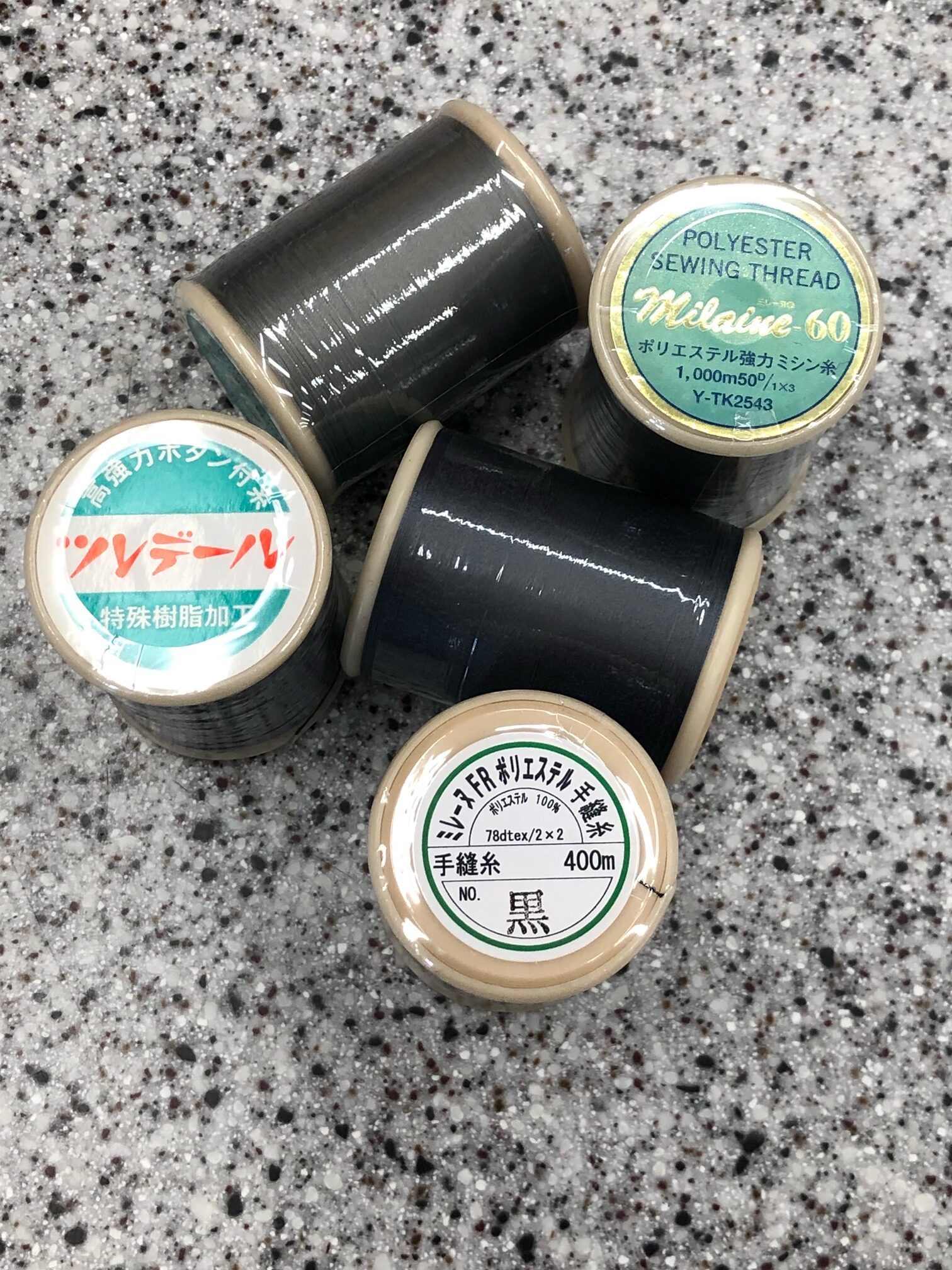
This is Kayaba from the TAILORS WORLD editorial team.
Today, I’d like to talk about threads.
You may already be familiar with polyester threads, but did you know that there are two main types?
Spun Yarn
It is made by spinning short fibers and processed similarly to cotton yarn (cotton thread). It has a soft texture with a fuzzy surface, is reasonably priced, and blends well with fabrics, making it easy to sew. It is suitable for fabrics like cotton or those with a cotton-like texture. However, it lacks luster and has a relatively low strength.
Filament Yarn
Filament yarn is made by bundling long fibers and adding twists to create a shiny and strong thread, similar to silk. It is well-suited for fabrics with a wool or silk-like texture. Compared to spun yarn, it is slightly more expensive.
I explained the types of threads, but there are also other elements such as twisting and thread count to consider.
Twisting of Threads
To create sewing threads, very fine threads are twisted together to increase strength and form a single thread. The difference between machine sewing thread and hand sewing thread can be observed by examining the direction of the twist.
Machine sewing thread has a left twist (counterclockwise). Hand sewing thread has a right twist (clockwise).
Both machine and hand sewing naturally introduce some twist while sewing. Using a thread with the opposite twist direction will cause the twist to reverse. For machine sewing thread, this can lead to thread breakage or skipped stitches, while for hand sewing thread, it can result in fraying or tangling.
However, it is not impossible to use machine sewing thread for hand sewing. Cutting the machine sewing thread into shorter lengths can reduce fraying and tangling. The saying goes, “He who is unskilled needs a long thread; he who is skillful can do with a short thread.”
In hand sewing, regardless of the type of thread used, shorter lengths are preferred.
Thread Count
The thread count refers to the thickness of the thread, with larger numbers indicating finer threads, and smaller numbers indicating thicker threads. When sewing with fabrics of different thicknesses, the appropriate thread count is chosen. It is said that opting for a slightly finer thread count allows the thread to blend more easily with the fabric, resulting in a neat and clean finish with reduced puckering.
Introduction of Products
Sewing machine thread: Mirene 60/1000m
Hand sewing thread: Mirene Hand Sewing 400m
Button sewing thread: Turedale
KING POLYESTER (Sewing machine thread)
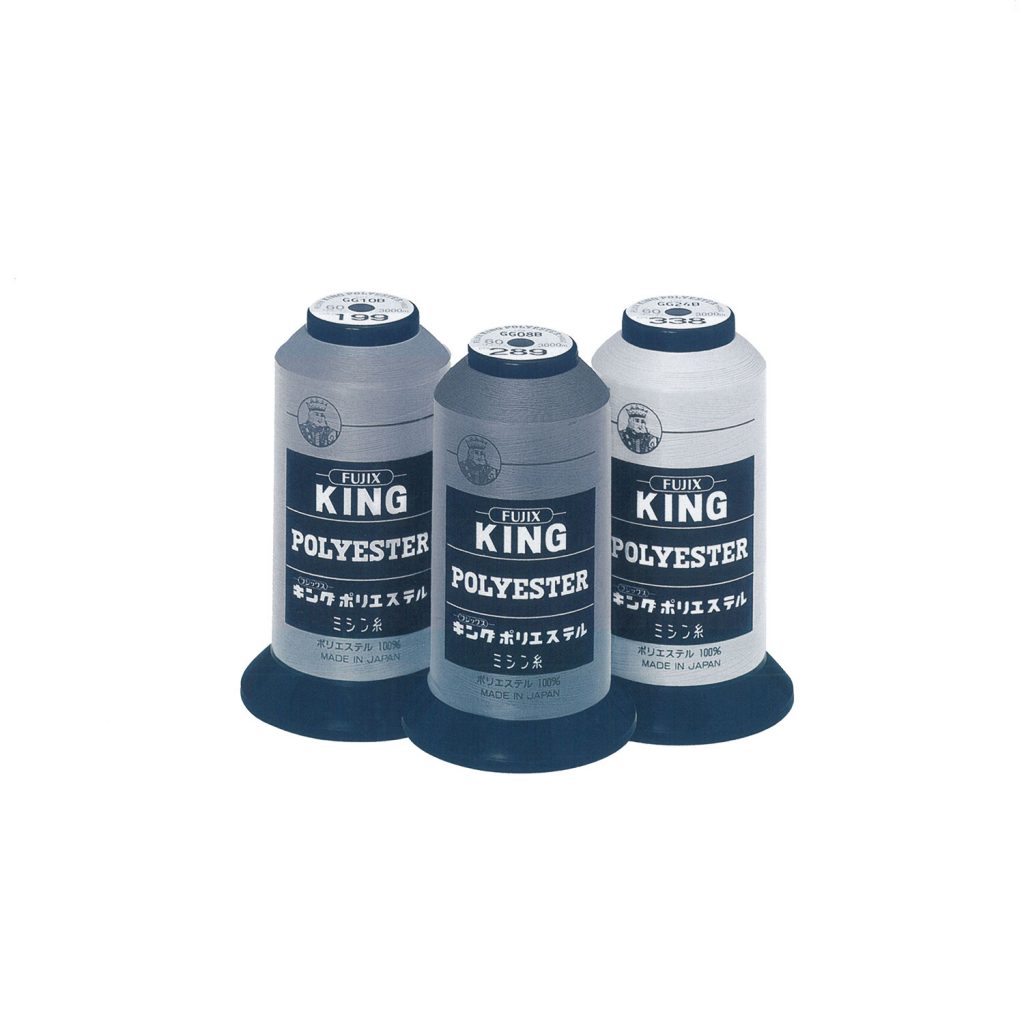
KING SPUN (Sewing machine thread)
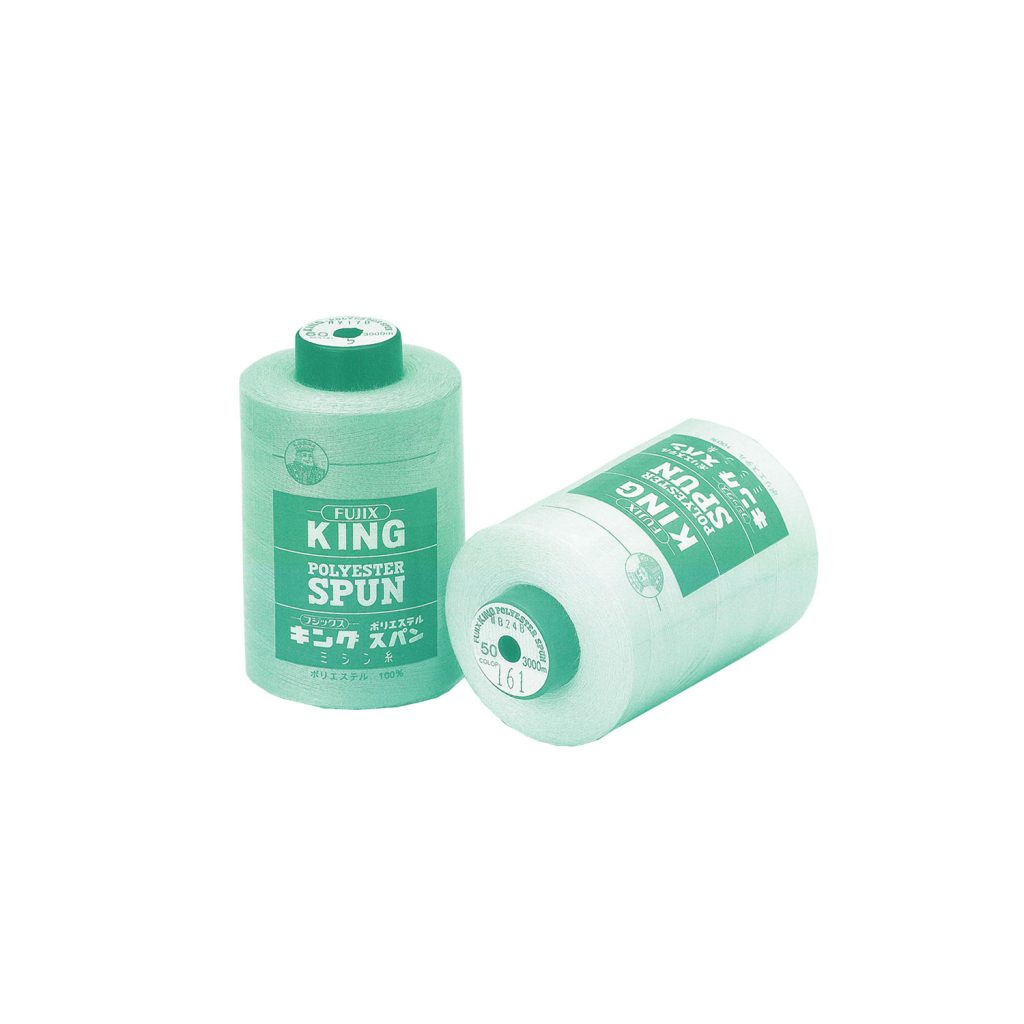
For stretch fabric:
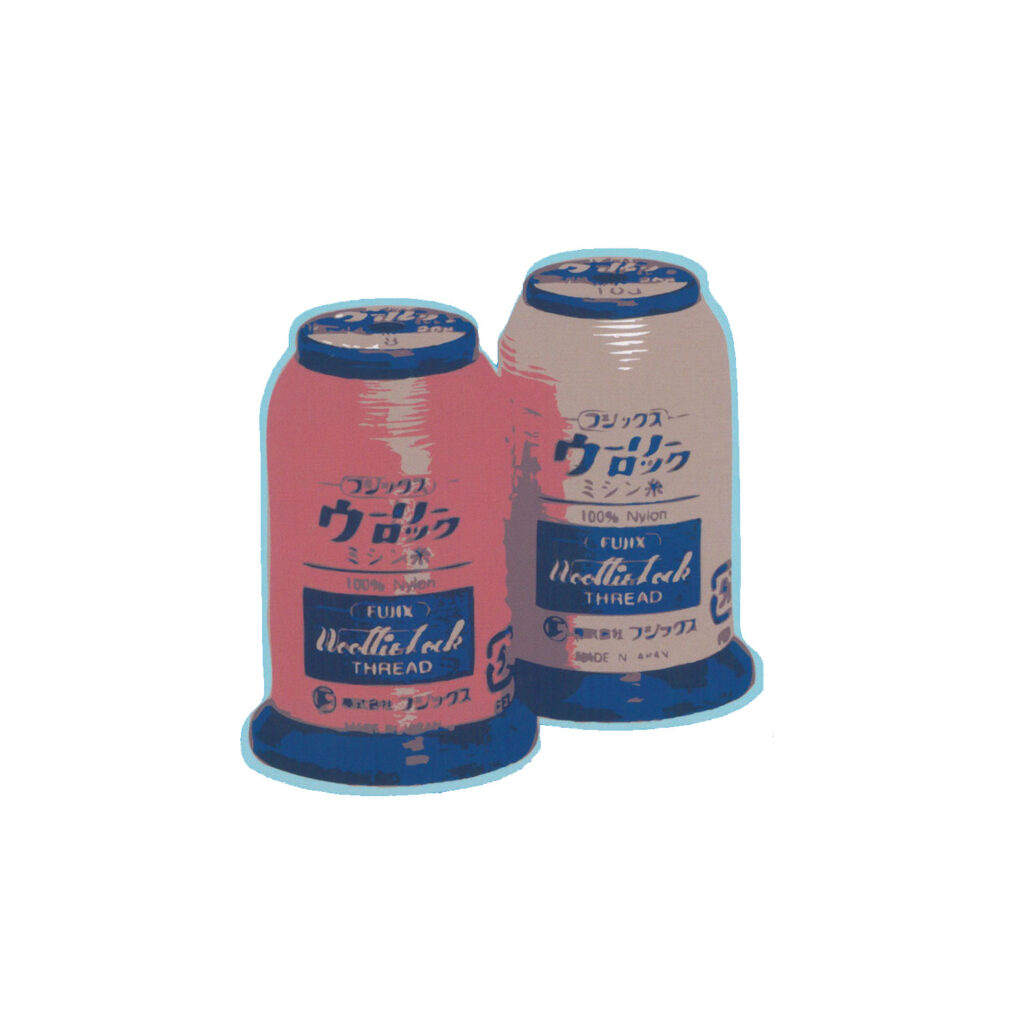
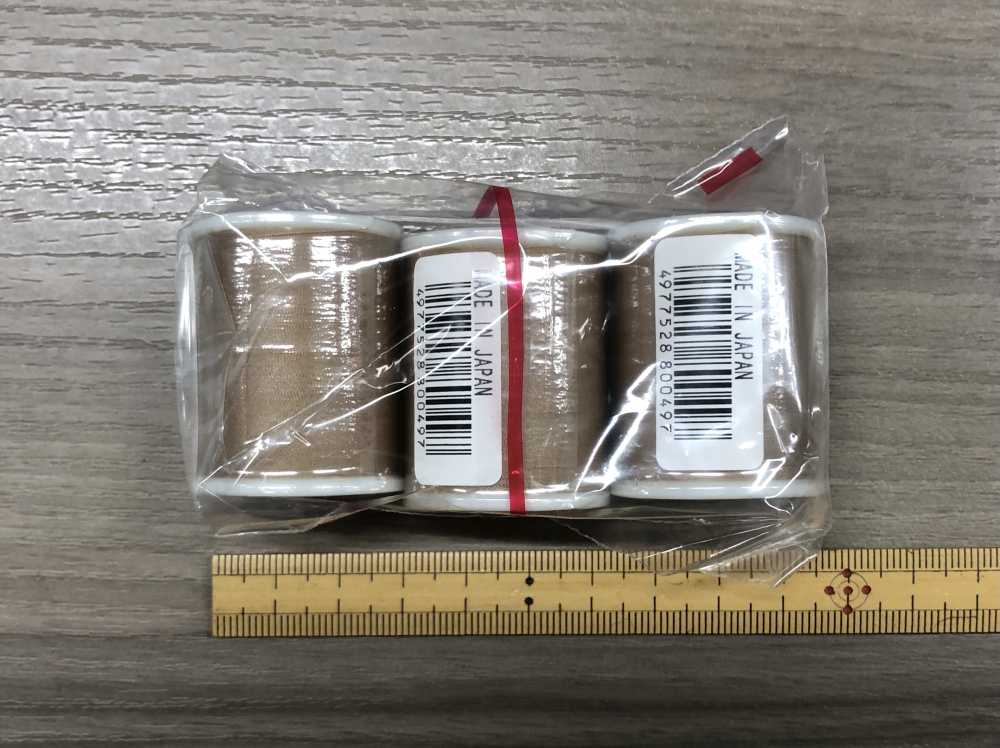
For orders, inquiries about the mentioned products, and other related services such as accessories and sewing services, please contact us at the following address.
After working in sales at a select store, I worked as a custom suit fitter before I took my current position. I also hope to return to a world where I can resume my hobby of visiting saunas.

